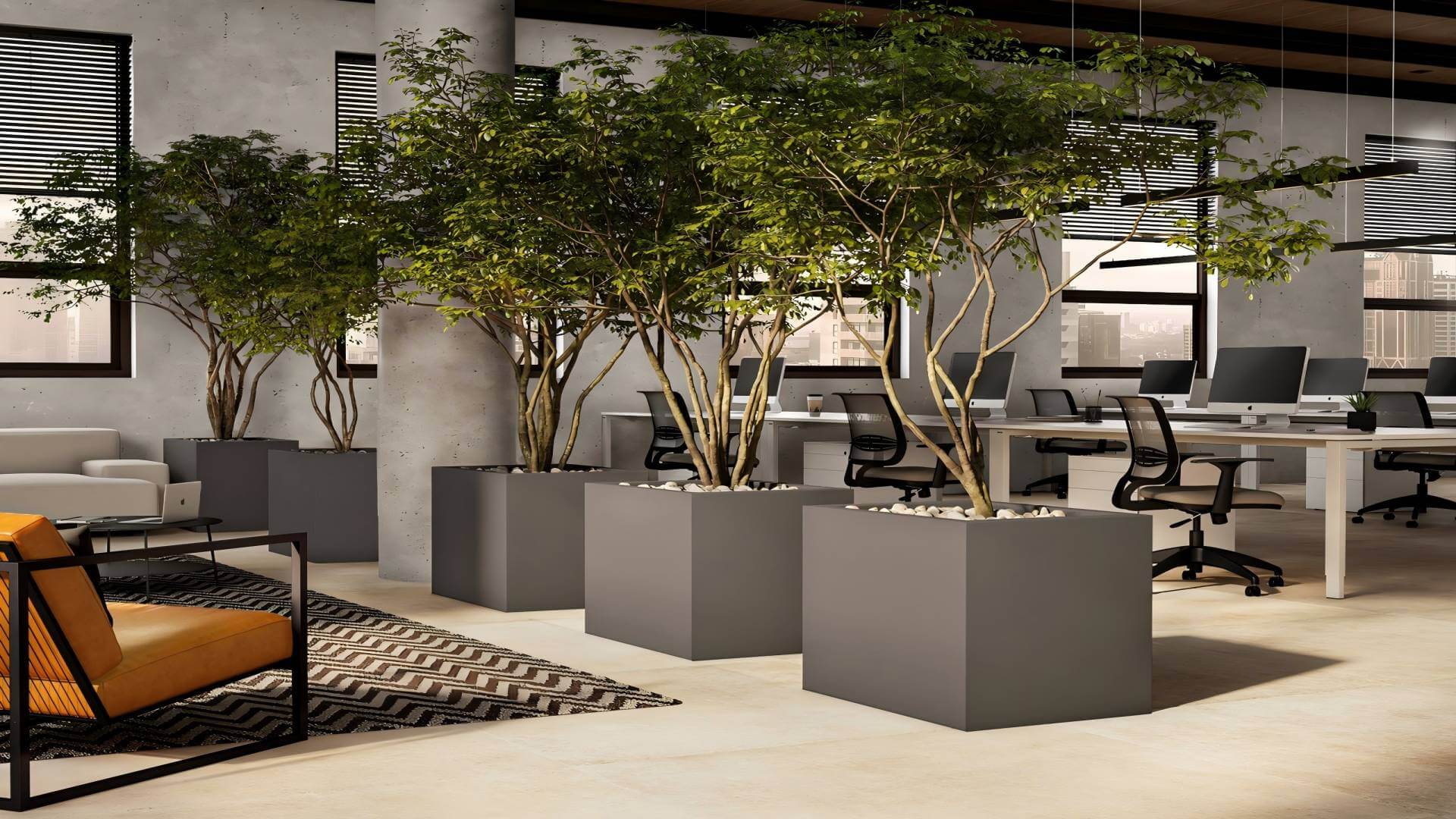As the gardening season approaches, outdoor planters are a must-have for anyone looking to enhance their garden, patio, or balcony. These versatile containers not only serve as homes for your favorite plants but also add a decorative touch to your outdoor spaces. Let’s explore the various types of outdoor planters, their benefits, and how to choose the right ones for your garden.
Types of Outdoor Planters
- Wooden Planters: Classic and timeless, wooden planters bring a natural feel to your garden. They can be made from various types of wood, such as cedar or redwood, which are naturally resistant to decay. Wooden planters are perfect for creating a rustic or farmhouse style.
- Metal Planters: Available in materials like steel, aluminum, or galvanized metal, these planters offer a sleek and modern look. They are durable and can withstand various weather conditions, making them suitable for contemporary outdoor spaces. Metal planters often come in unique shapes and finishes, providing ample design options.
- Ceramic and Terracotta Planters: These planters are known for their classic beauty and excellent breathability. They come in various colors and designs, making them ideal for adding a pop of color to your garden. However, they can be heavy and may require extra care in colder climates, as they can crack if frozen.
- Fiberglass Planters: As discussed previously, fiberglass planters combine durability with aesthetic appeal. They are lightweight, weather-resistant, and come in a multitude of designs, making them a fantastic choice for those who want a modern touch in their outdoor decor.
- Hanging Planters: Perfect for small spaces, hanging planters can add vertical interest to your garden or balcony. They are ideal for trailing plants, flowers, or herbs, freeing up ground space while providing a unique visual element.
Benefits of Outdoor Planters
- Space Optimization: Outdoor planters allow for effective use of space, especially in small gardens or balconies. You can create vertical gardens or tiered arrangements to maximize your planting area.
- Improved Soil Control: Planters provide better control over soil quality and drainage, allowing you to create the perfect environment for your plants. This is particularly beneficial for plants with specific soil needs.
- Mobility: Many outdoor planters are portable, which means you can easily rearrange your garden layout or move plants to follow the sun or protect them from harsh weather.
- Aesthetic Appeal: Well-placed outdoor planters can enhance the beauty of your garden, complementing the overall design while adding texture and color. They can also serve as focal points or accents in your outdoor space.
Tips for Choosing Outdoor Planters
- Size Matters: Consider the size of your plants and the space available. Planters should be appropriately sized to accommodate root growth while fitting harmoniously in your outdoor setting.
- Material Selection: Choose a material that suits your aesthetic preferences and climate. Consider how the planter will hold up against your local weather conditions.
- Style and Design: Select planters that match your garden’s overall theme, whether it’s modern, traditional, or eclectic. A consistent design will create a cohesive look.
- Drainage: Ensure that your outdoor planters have proper drainage holes to prevent water accumulation, which can lead to root rot. You can also add gravel or pebbles at the bottom for additional drainage.
In conclusion, outdoor planters are an essential element of any garden design, offering both functionality and beauty. By choosing the right type of planter and incorporating them thoughtfully into your space, you can create a vibrant and inviting outdoor environment that showcases your gardening talent and style. Happy planting!




